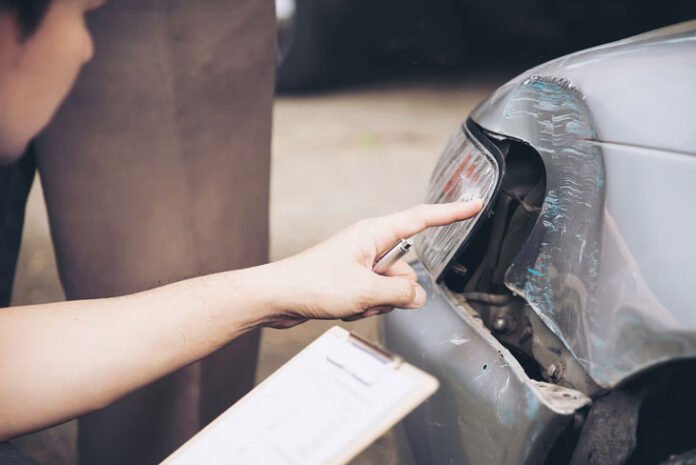Overview:
- Introduction to Collision Repair
- Common Types of Collision Damage
- Step-By-Step Collision Repair Process
- Choosing the Right Repair Shop
- Understanding Vehicle Insurance
- Maintaining Your Car Post-Repair
Introduction to Collision Repair
Car accidents are unfortunate, but they are an inevitable part of driving. They understand how collision repair works and can save you time, money, and headaches in the long run, whether a minor fender bender or a significant collision run. Specialized services like auto dent removal Lakewood CO, are beneficial if you’re in the area.
Being prepared and informed about the collision repair process can significantly ease the stress associated with car accidents. This guide will give you an in-depth look into what you should expect and how to navigate the procedure. Knowledge is empowering, and understanding the steps can make a daunting situation more manageable.
Common Types of Collision Damage
While no two accidents are the same, there are common types of collision damage that repair shops frequently encounter. Fender benders often involve minor cosmetic damage, which can be unsightly but usually does not affect the vehicle’s functionality. Scratches and dents from minor impacts or parking lot mishaps are also typical. These might seem insignificant, but addressing them promptly can prevent rust and further deterioration.
More severe collisions often result in frame damage, which affects the vehicle’s structural integrity. Frame damage is critical to repair correctly because it can jeopardize the safety of your car. Another frequent issue is glass and windshield damage, ranging from minor chips to substantial cracks that can impair visibility and compromise safety.
Step-By-Step Collision Repair Process
Knowing the standard steps in the collision repair process can help you set realistic expectations. The first step is a detailed damage inspection, where technicians thoroughly examine the vehicle to assess the extent of the damage. This step is important as it lays the groundwork for the repair plan.
Following the inspection, an estimation is provided. This estimate outlines the cost and time required for repairs, offering you a clear idea of what to expect. Next, the vehicle undergoes disassembly to identify hidden damage that wasn’t apparent during the initial inspection. This step is vital for detecting issues that might otherwise go unnoticed.
The actual repair process involves metalwork, painting, and other essential repairs. This stage might include straightening the frame, replacing parts, and meticulously matching paint colors for a seamless finish. After repairs, the vehicle is reassembled and subjected to quality checks to ensure everything meets safety and performance standards.
The final step is a final inspection and delivery, where the repaired vehicle is inspected one last time before being delivered back to you. This ensures that all repairs have been completed to the highest standards and that your car is ready for the road.
Choosing the Right Repair Shop
Not all repair shops are created equal. It is important to select a shop with the proper credentials, reviews, and expertise. Look for certifications and read customer reviews to ensure the shop meets industry standards. Certifications from industry organizations indicate that the shop adheres to high-quality repair standards.
Customer reviews offer first-hand insights into a shop’s reliability and service quality. They can reveal how the shop handles customer interactions, the quality of its repairs, and its adherence to timelines and estimates. Taking the time to choose the right repair shop in Lakewood, CO, can significantly impact the outcome of your repair experience.
Understanding Vehicle Insurance
Filing an insurance claim after an accident can be daunting. Understanding your policy coverage and how the claim process works according to automotive insurance guidelines is essential. Start by reviewing your policy to know what is covered and what isn’t. This will prevent any unpleasant surprises during the claim process.
When filing a claim, promptness and accuracy are critical. Notify your insurance company immediately and provide all necessary documentation and details about the accident. Understanding the process and what to expect can alleviate stress and ensure a smoother experience.
Maintaining Your Car Post-Repair
After your car has been repaired, it’s vital to maintain it to keep it in top shape. Regular maintenance checks, including oil changes, tire rotations, and brake inspections, can help ensure your vehicle remains in good condition. It’s also essential to be mindful of any unusual sounds or behaviors, which can prevent future issues.
Taking these proactive steps not only extends the life of your vehicle but also maintains its safety and reliability. Maintaining routine maintenance and promptly addressing minor issues can save you from costs.
